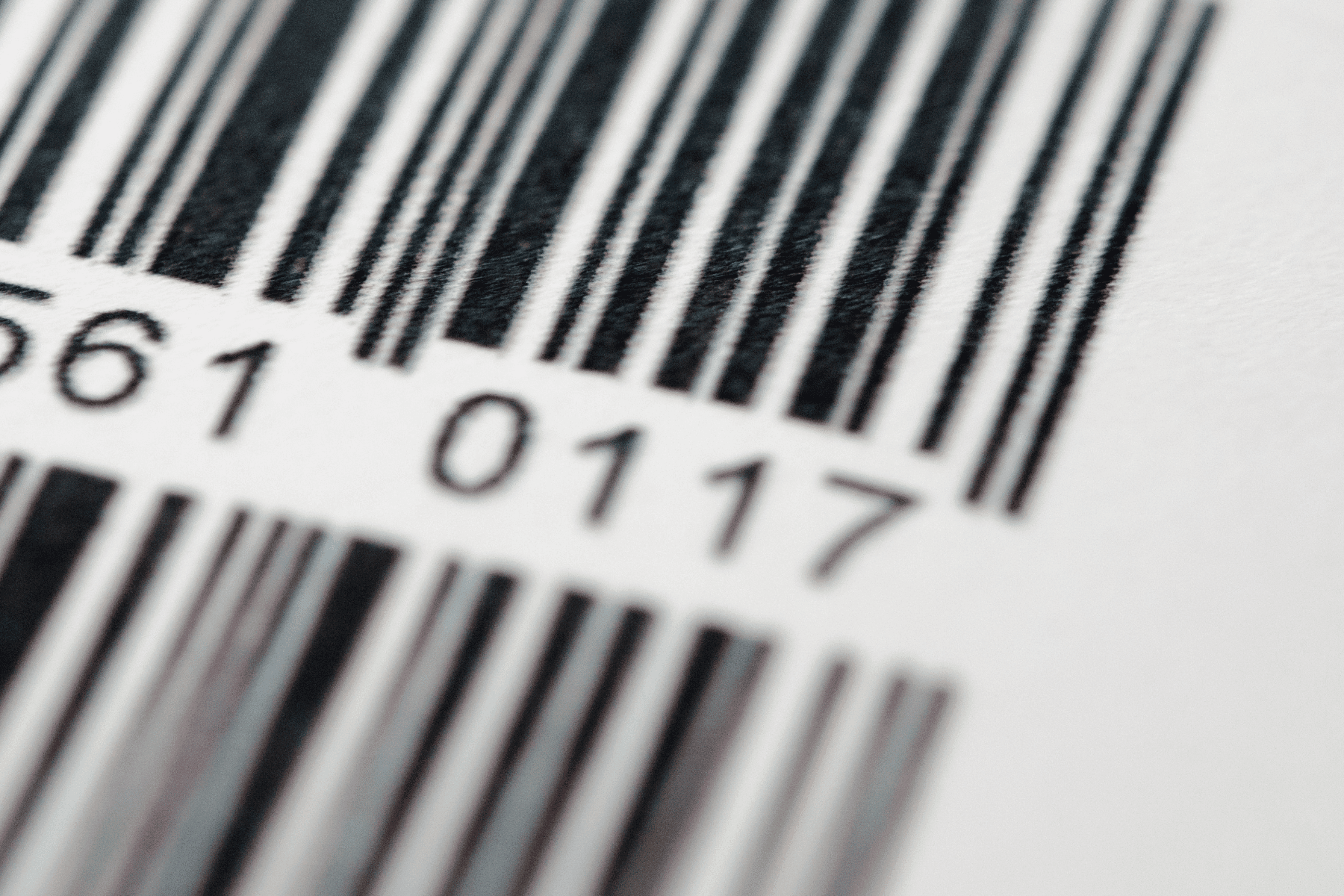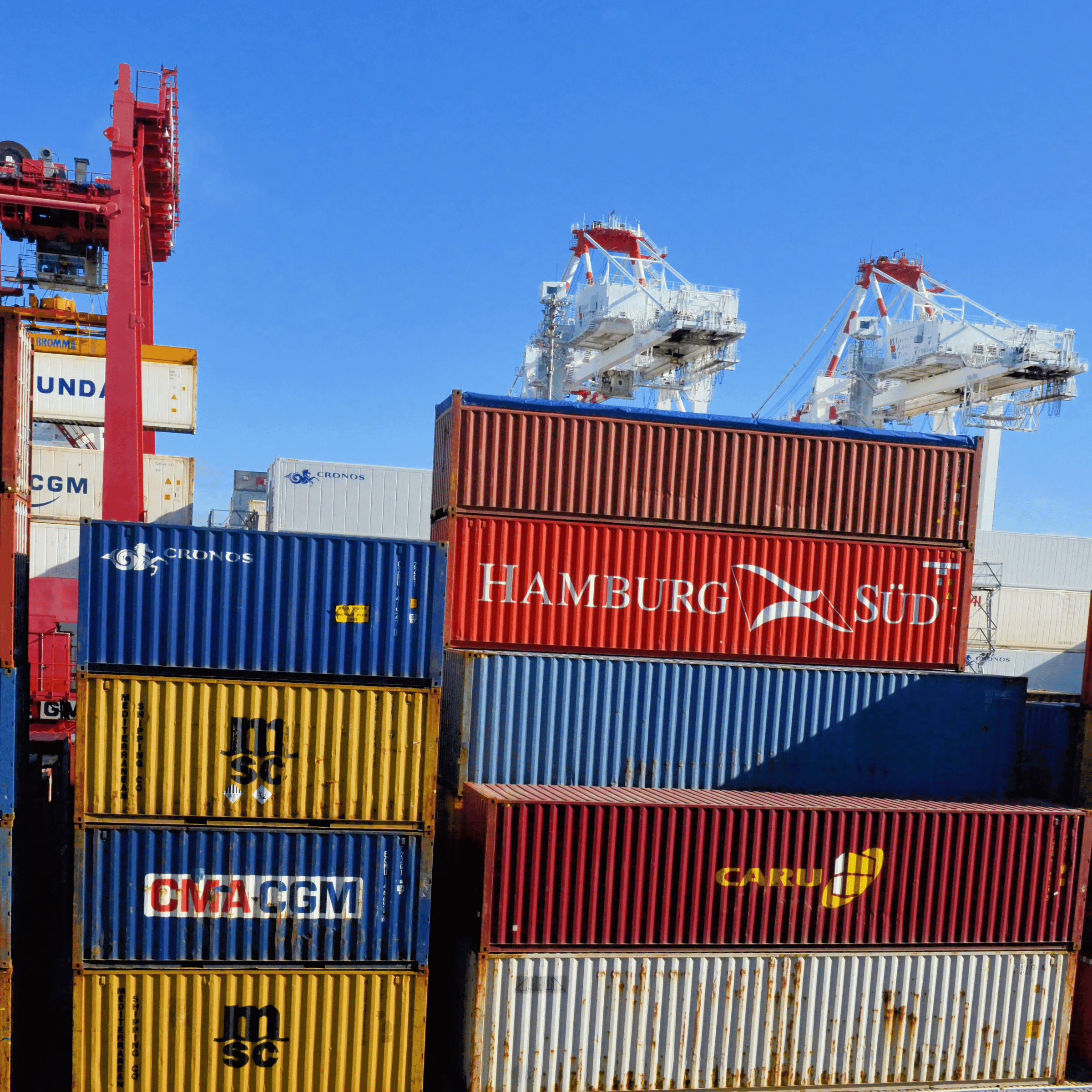In the modern global marketplace, ensuring product visibility, traceability, and standardization is paramount for the seamless movement of goods and the enhancement of supply chain operations. GS1 barcodes emerge as a crucial tool in achieving these goals, serving as a universal language of business and making real-time information readily available for a wide array of products across diverse sectors.
What Are GS1 Barcodes?
GS1 barcodes are standardized identifiers that are globally recognized and utilized across multiple sectors. Created by GS1, an international non-profit organization, these barcodes are unique and ensure that products are easily identifiable, helping to optimize supply chain management, and improve product traceability and visibility. GS1 barcodes include several barcode standards such as EAN/UPC (used primarily in retail), Code 128, and DataMatrix, among others, each suitable for different types of products and information encoding needs.
Importance of GS1 Barcodes
Enhanced Product Visibility:
GS1 barcodes significantly enhance product visibility within the supply chain. By encoding crucial product information, these barcodes allow for real-time tracking and monitoring of goods as they move through various stages of the supply chain. Retailers, suppliers, and manufacturers can easily access essential product data, improving inventory management, and ensuring that products are available to consumers when and where they need them.
Improved Traceability:
GS1 barcodes play a crucial role in enhancing product traceability. They help in the accurate and efficient recording and tracking of product movements, from manufacturing to the point of sale. This level of traceability is vital in ensuring product safety, managing recalls, and confirming the authenticity of products, helping businesses to maintain their reputation and ensure consumer safety.
Global Standardization:
The global recognition and utilization of GS1 barcodes ensure standardization across international markets. This standardization facilitates smooth cross-border transactions and interoperability, ensuring that products are universally identifiable, irrespective of geographical location. It minimizes confusion, errors, and delays, enhancing the efficiency and reliability of global supply chain operations.
GS1 Barcodes in Action
Retail:
In the retail sector, GS1 barcodes streamline operations by enabling efficient inventory management, simplifying the checkout process, and enhancing the customer experience. They allow retailers to monitor stock levels in real time, make informed decisions regarding reordering, and ensure product availability.
Healthcare:
In healthcare, GS1 barcodes contribute to patient safety by ensuring the accurate identification of medical products, enabling the traceability of medical devices and pharmaceuticals, and minimizing the risk of errors in medication administration.
Food Industry:
In the food industry, GS1 barcodes help in ensuring food safety and traceability. They allow for the tracking and tracing of food products from farm to fork, assisting in the efficient management of food recalls and ensuring compliance with food safety standards.
Conclusion
In conclusion, GS1 barcodes stand as an invaluable tool in ensuring product visibility, traceability, and global standardization. By making real-time product information accessible and ensuring the unique identification of products, they contribute significantly to the optimization of supply chain operations, enhance product safety, and facilitate smooth global transactions. Embracing GS1 barcoding standards is a strategic move for businesses seeking to thrive in the contemporary global marketplace, underscoring their commitment to efficiency, safety, and international collaboration.






